How to Fix the ‘iPhone Memory Full’ Message on Your iPhone (Tested on iOS 17)
Seeing ‘iPhone Memory Full’ message can be really frustrating, especially when it seems premature. In this article we will look into the root causes, offering clear solutions to reclaim your digital storage. With tried strategies and easy-to-follow steps, we ensure your trust in resolving these common yet perplexing issues.
Common Reasons for the ‘iPhone Memory Full’ Message
Receiving the ‘iPhone storage full’ alert can be baffling, especially when it seems like your device shouldn’t be at capacity. This message often pops up due to several not-so-obvious reasons, which can cause inconvenience and confusion.
Here are some typical culprits behind the misleading ‘iPhone memory full’ notification:
- Cached Data and Temporary Files: Apps frequently store cache and temporary files to improve performance. Over time, these files can accumulate and consume significant space, leading to an iPhone storage full message.
- Media Files: Photos, videos, and music are common space hogs. Sometimes, the storage consumed by these files isn’t immediately apparent, contributing to the illusion that your iPhone’s memory is full.
- Old Messages and Attachments: Text messages, especially those with attachments like photos and videos, can occupy more space than you might expect. Cleaning these up can free up a considerable amount of space.
- Apps and Games: Some apps and games can take up more space than initially installed due to data storage and updates. Regularly reviewing and removing unused apps can help manage storage effectively.
When facing an iPhone storage full message, start by checking the iPhone Storage under Settings > General to see a breakdown of what’s consuming your space. From there, you can take steps to manage and free up storage.
4 Immediate Actions You Can Take to Fix the ‘Phone Memory Full’ Error
Freeing up your iPhone’s storage doesn’t have to be complex. Here’s how to deal with this task with explanation of some nuaces:
Step 1: Delete Unused Apps
- Touch and hold the app icon on your Home screen.
- Select “Remove App” from the options.
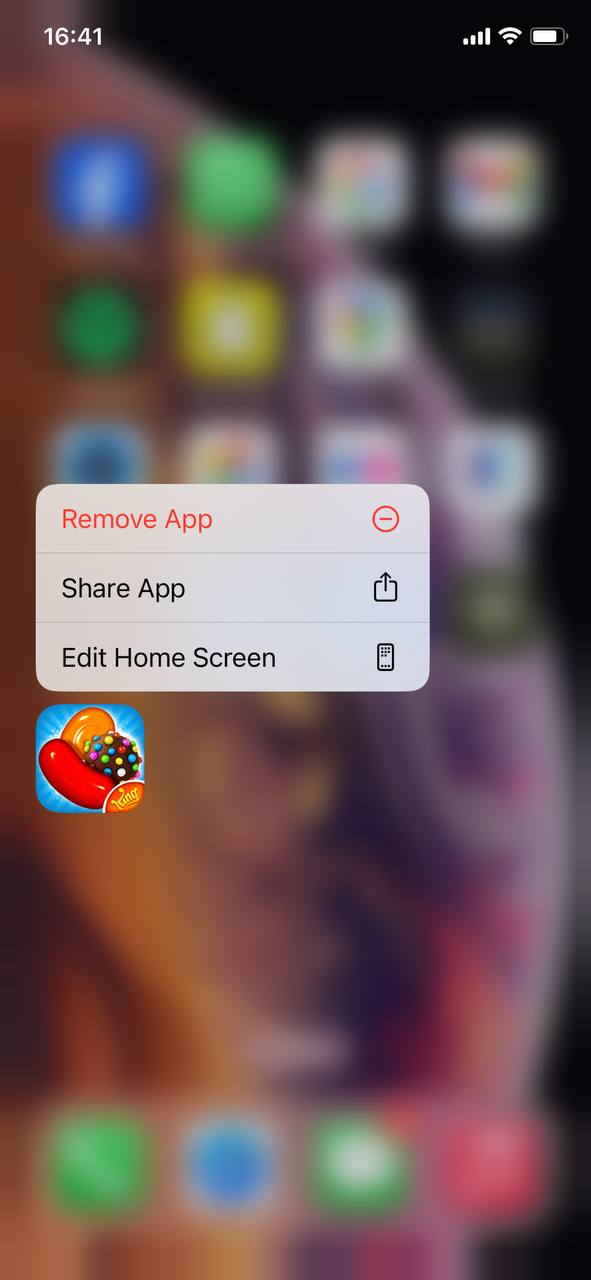
- Tap “Delete App” to confirm and uninstall the app, freeing up space.
Tip: to symplify cdecision making, go to Settings > General > iPhone Storage to see which apps use the most space and delete them accordingly.
Step 2: Clear Safari Cache
- Open the Settings app on your iPhone.
- Scroll down and tap on “Safari.”
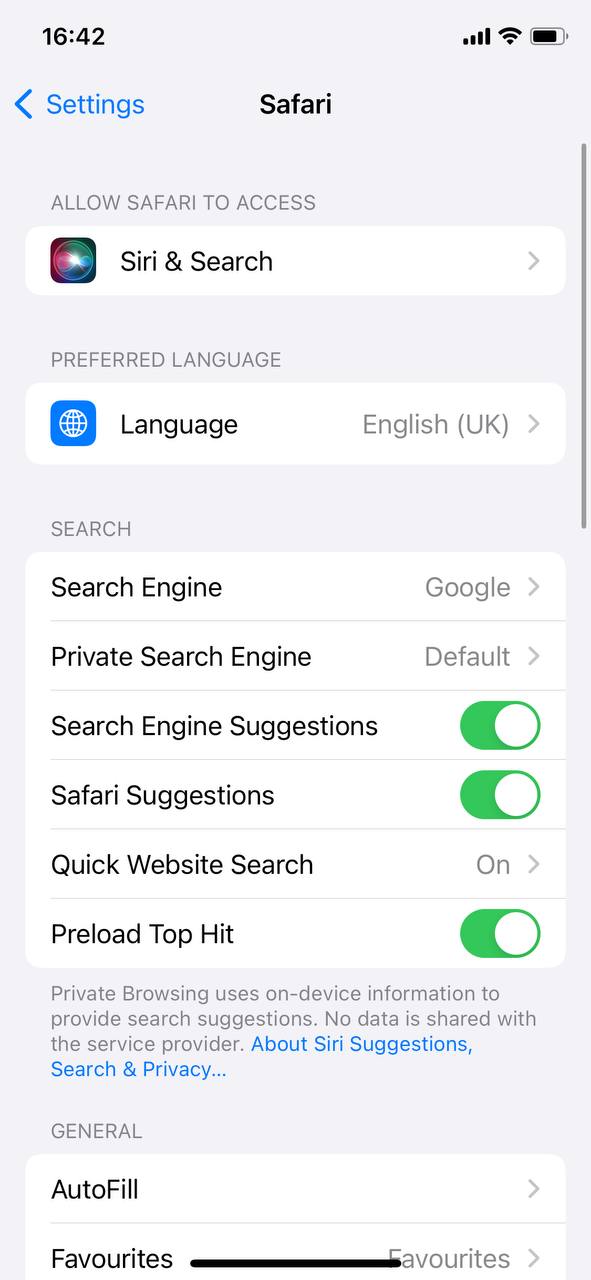
- Scroll to the bottom and select “Clear History and Website Data.”
- Confirm by tapping “Clear History and Data.”
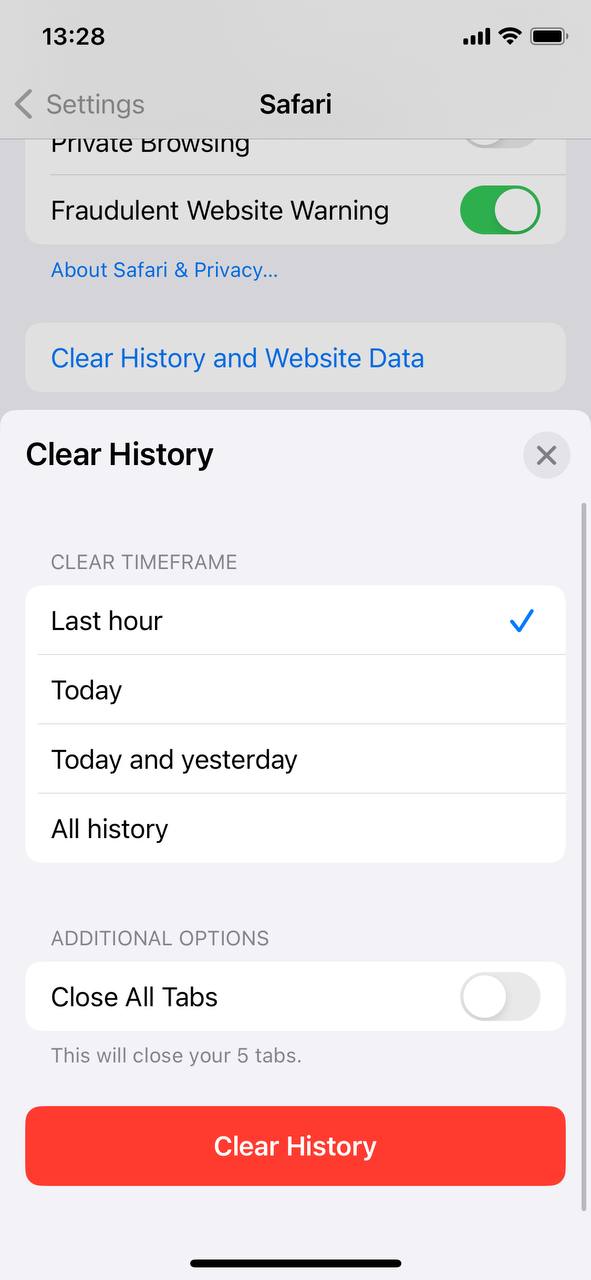
Clearing cache won’t just free up space it also may solve browsing issues and protect your privacy.
Step 3: Manage Photos and Videos
- Go to Settings and tap on your name at the top, then select “iCloud” > “Photos.”
- Enable “Optimize iPhone Storage” to keep smaller, device-sized versions of photos on your iPhone while the originals are stored in iCloud.
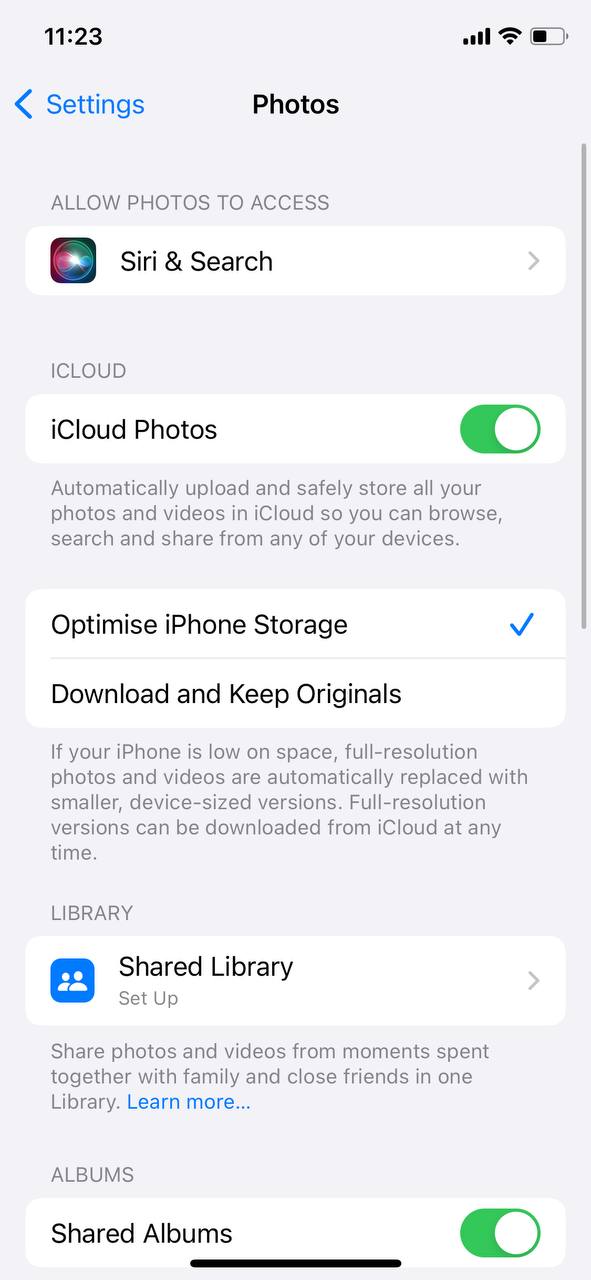
Alternatively use other cloud storage services to keep your photos and videos in the cloud, accessible but not taking up physical space on your device.
Step 4: Review and Delete Large Messages and Attachments
- Open the Messages then go to the conversation list and open any conversation with attachments you wish to remove.
- Tap and hold any messages or attachments you plan to delete, when menu appear select ‘More…’ now you can select all attachments from conversation you wish to delete.
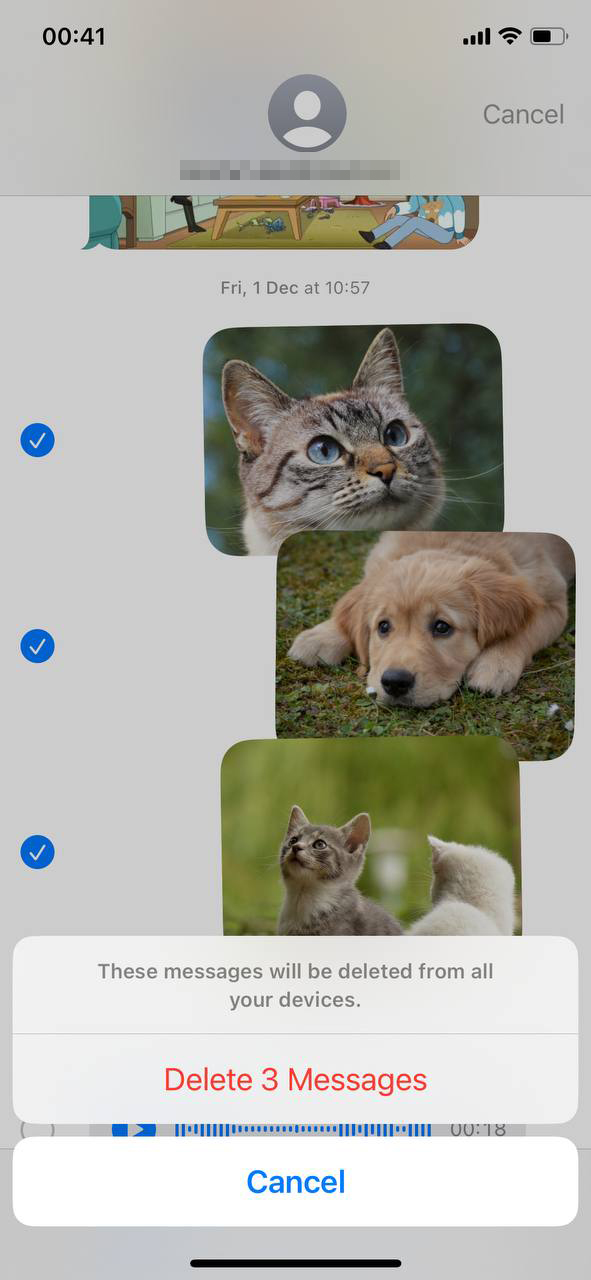
- To set messages to auto-delete, go to Settings > Messages, scroll to “Message History,” and tap “Keep Messages.” Choose either 30 days or 1 year.
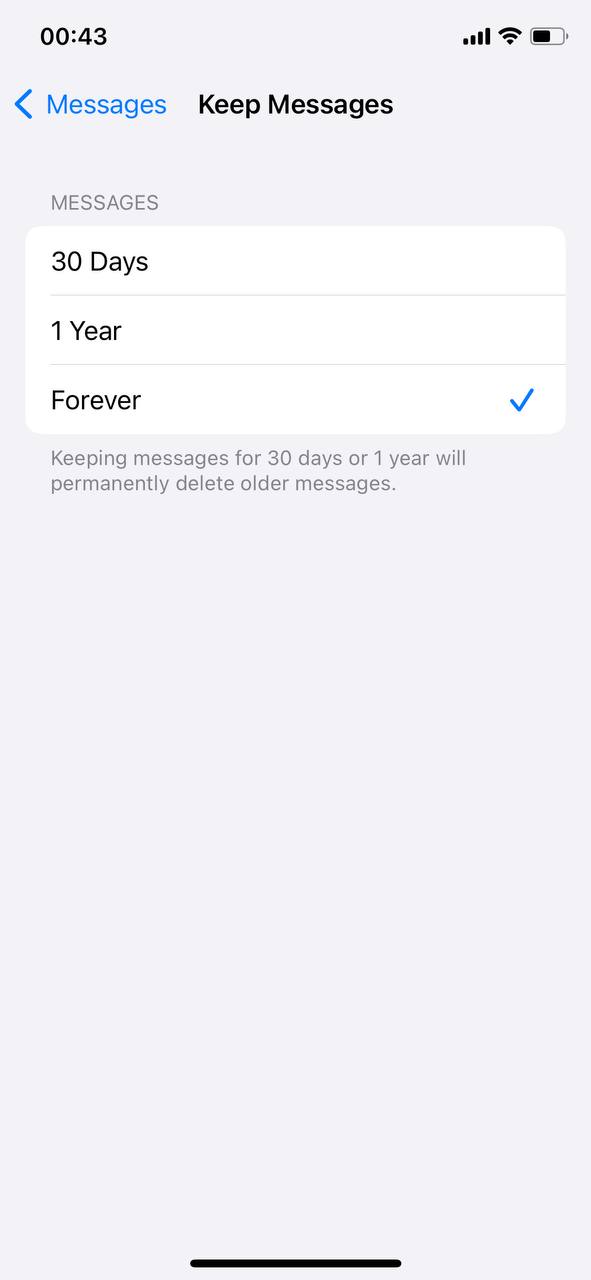
Regularly reviewing message attachments can prevent unexpected storage issues, especially with media-rich conversations.
Solutions for Persistent ‘Memory Full’ Issues
When standard troubleshooting doesn’t resolve memory issues, consider these more advanced solutions:
Option A: Reset iPhone Settings
Resetting your iPhone’s settings can often fix persistent storage problems without erasing your data.
- Go to Settings > General > Transfer or Reset iPhone.
- Select “Reset All Settings.”
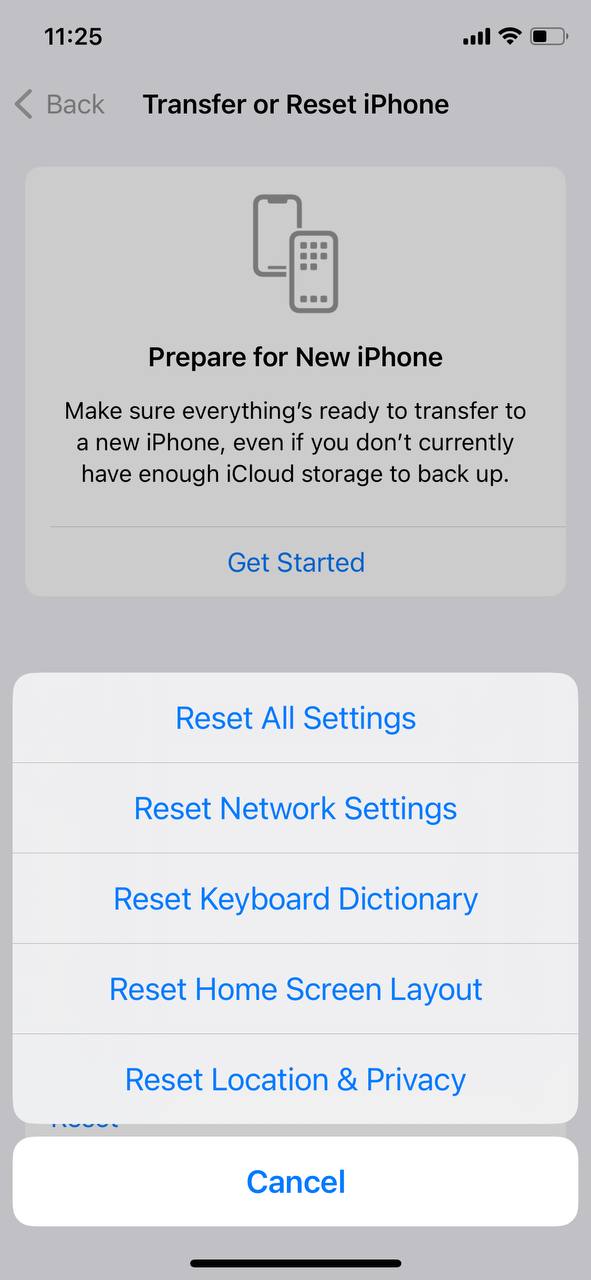
- Enter your passcode and confirm the reset.
Option B: Backup and Restore iPhone
A fresh start can sometimes be the best solution. Backup your iPhone, then restore it through settings or using iTunes or Finder on a Mac with macOS Catalina or later.
- Backup your iPhone via iCloud or your computer.
- Go to the Transfer or Reset iPhone menu previously mentioned.
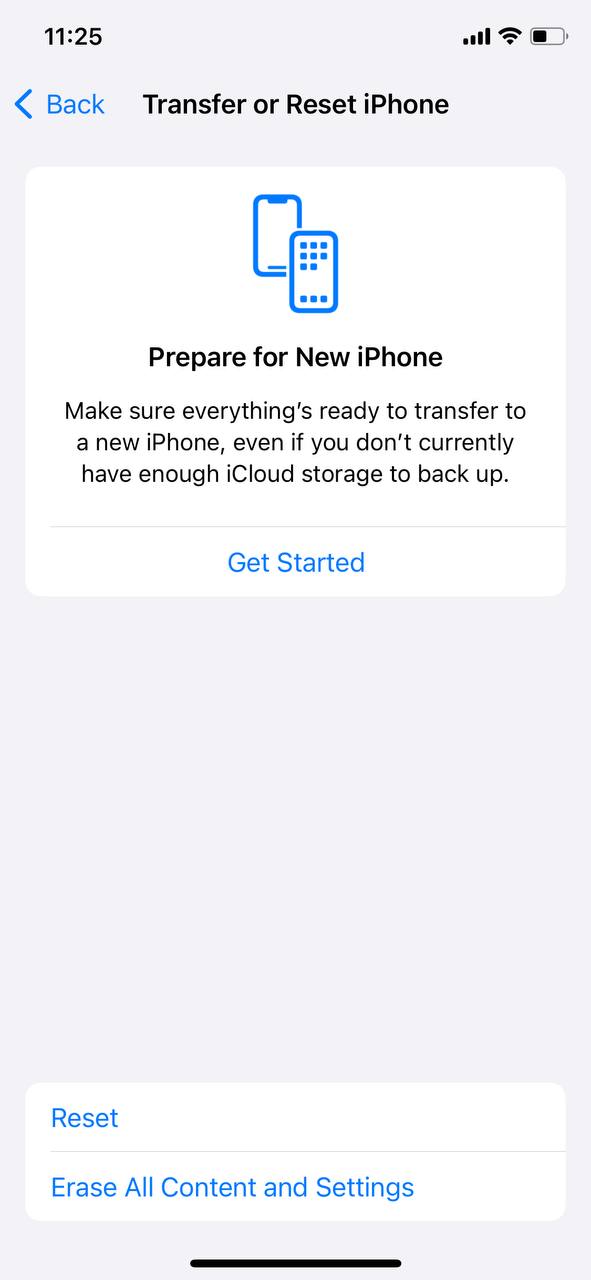
- Tap on Erase All Content and Settings, then follow instructions on your screen.
Option C: Contact Apple Support for Guidance
If the above steps don’t help, reaching out to Apple Support can provide personalized assistance.
- Visit the Apple Support website for online resources or to schedule a call.
- Visit an Apple Store or authorized service provider for in-person help.
Prevent Future ‘Memory Full’ Alerts
To maintain your iPhone’s storage and avoid future ‘Memory Full’ alerts, consider these ongoing management advices:
- Regularly review and delete unnecessary photos, videos, and apps to optimize iPhone storage.
- Utilize iCloud or other cloud storage services to offload files and optimize photos on iPhone, ensuring they don’t consume your device’s physical storage.
- Enable the “Offload Unused Apps” feature in Settings > iTunes & App Store to automatically remove apps you don’t use often while keeping their data.
- Manage message attachments by regularly deleting unnecessary photos, videos, and gifs from conversations.
- Limit the storage used by streaming apps like Music, Podcasts, and Video by downloading content selectively.
Conclusion
Fixing iPhone storage issues requires a blend of immediate actions and long-term strategies. From clearing caches to optimizing photo storage, the solutions above provide a full 360 approach to freeing up space. For persistent issues, steps like resetting settings or a full restore offer deeper fixes. Remember, regular maintenance and being mindful of storage practices can prevent future ‘Memory Full’ alerts, keeping your iPhone running smoothly. Trust in these methods, supported by insights and guidelines from Apple, to manage your device’s storage effectively.








